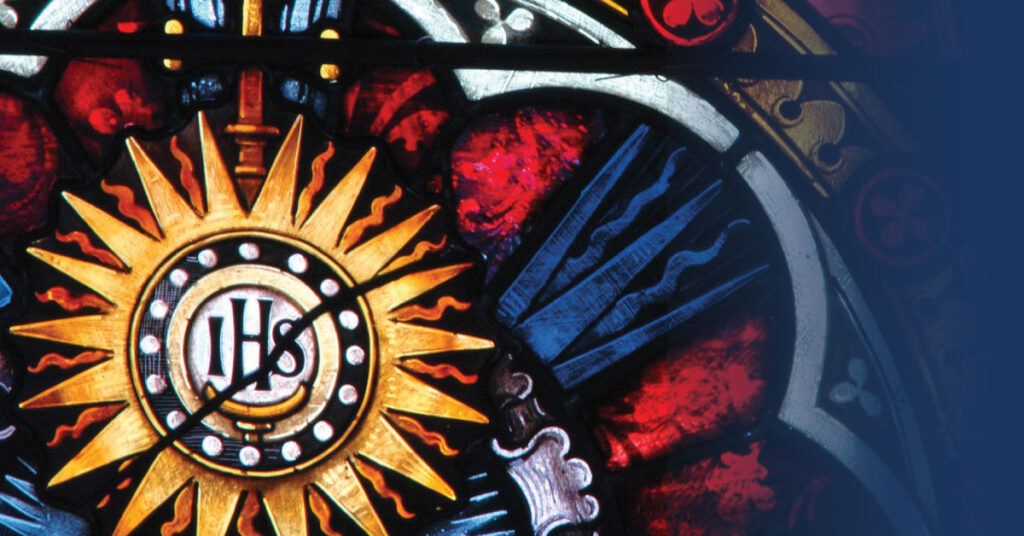Written by Michelle Lia, Ed.D., co-director, Greeley Center for Catholic Education, Loyola University Chicago, mlia@luc.edu
The second edition of the National Standards and Benchmarks for Effective Catholic Elementary and Secondary Schools (NSBECS) was released in 2023, 11 years after the first edition was written. Then in 2024 the rubrics for these standards and benchmarks were also completed. What are the NSBECS, and how can a school or diocese use them?
What are the NSBECS?
The NSBECS are 13 standards and 77 benchmarks written in four domains: Mission and Catholic Identity, Governance and Leadership, Academic Excellence and Operational Vitality. The standard is the overarching big idea, and then the benchmarks provide more specificity.
The Defining Characteristics of these standards and benchmarks come directly from the Holy See’s teaching on Catholic schools compiled by Archbishop J. Michael Miller in 2006. The nine Defining Characteristics are:
- Centered in the Person of Jesus Christ
- Contributing to the Evangelizing Mission of the Church
- Distinguished by Excellence
- Committed to Educate the Whole Child
- Steeped in a Catholic Worldview
- Sustained by Gospel Witness
- Shaped by Communion and Community
- Accessible to All Students
- Established by the Expressed Authority of the Bishop
- These Defining Characteristics can be found throughout the standards and benchmarks.
What the Standards are Not
The NSBECS are not academic standards, so any school or diocese can use them regardless of what curriculum or resources they use and regardless of being a college prep, classical, multiage, elementary or high school.
How do Schools or Dioceses Use the NSBECS?
Schools and dioceses use these standards and benchmarks in a variety of ways. The two most common ways are self-evaluation and accreditation. Since the standards and benchmarks have accompanying tools like rubrics, schools use the rubrics to self-evaluate their mission and Catholic identity, for example, using the rubrics for Domain One, standards 1-4.
The rubrics are also used for school accreditation. Organizations across the United States align their accreditation to the NSBECS, including the Western Catholic Educational Association (WCEA), the Florida Catholic Conference, Michigan Non-Public School Accrediting Association (MNSAA) and The Catholic University’s Institute for Transformative Catholic Education (ITCE). The four-point rubrics include possible pieces of evidence that can be collected to show how the school is reaching that rubric score, so schools self-evaluate, collect evidence and share that evidence with their accrediting body.
The rubrics are a helpful tool whether you are going through accreditation or if you just want to see how your school is doing. One school who went through accreditation this past spring commented during the process that, whatever the result, the teachers and administrators really appreciated the conversations and evidence-gathering to see all of the positive things going on at their PK-12 Catholic school. (Of course, they were even happier when they received the news that they had successfully completed the process!)
Where Can I Access the NSBECS and Rubrics?
The National Standards and Benchmarks Second Edition PDF is free to NCEA members through the NCEA Bookstore. The rubrics can be found here.
